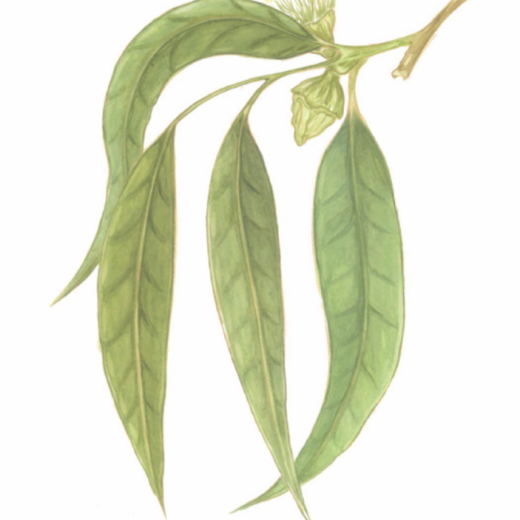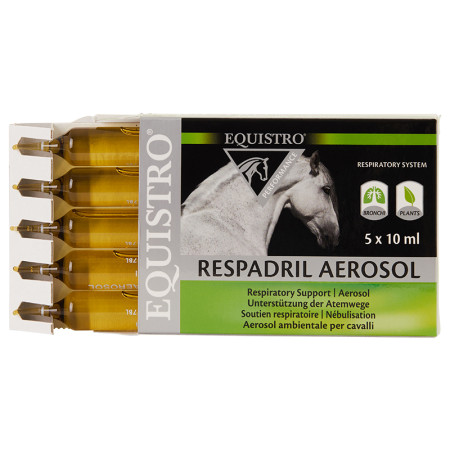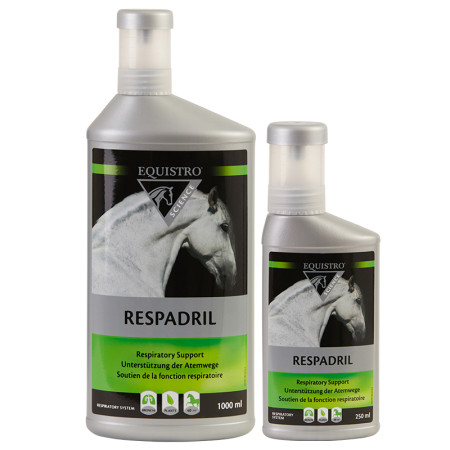
Eucalyptus
Parts used:
Leaf
The ‘eu’ and ‘kalypto’ means ‘well’ and ‘covered’ in Greek, referring to the cuplike membrane that covers the flower bud.
Botany
Eucalyptus trees are tall evergreens native to Australia and Tasmania that are now grown in many different parts of the world. Approximately 25 different species are used in the production of medicinal eucalyptus oil.
Constituents
Eucalyptus oil is rich (70 - 85%) in 1,8-cineole, known as eucalyptol. Others include monoterpenes and sesquiterpenes. Other constituents: tannins and associated acids.
Possible Interactions
Herbs - None documented. Drugs - Possibly antidiabetes drugs.
Comments
Approved by the German Commission E for bronchitis cough and rheumatism. Expectorant and antibacterial activities have been reported for eucalyptus oil and for eucalyptol. Various Eucalyptus species have been shown to possess antibacterial activity against both Gram-positive and Gramnegative organisms. Eucalyptol’s use in asthma may be explained by suggested capacity to block cytokine production responsible for TNF-alpha and IL-1 release.
➥ Pharmacopoeia and Other Monographs
German Commission E, BP 2007, Ph Eur 2007, BHP 1996


